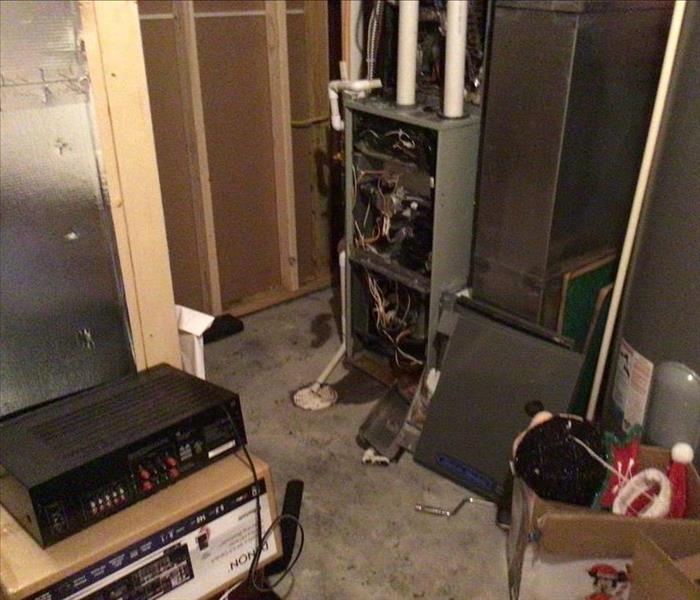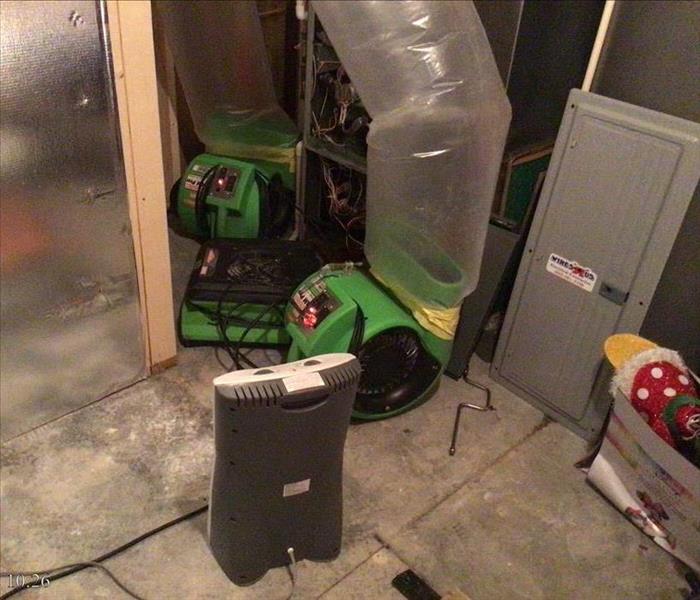Storm Damage Is No Issue
1. Safety tips for indirect fired heaters
Diesel, propane, and natural gas are the fuels commonly used for indirect fired heaters. A burn chamber contains the flame, cool air passes around a heat exchanger, and warm air goes into a building. In general, indirect heaters have a lower risk of hazard. When using them, keep the units located on stable ground outside of your building. Make sure your gas-fired units are AGA rated, secured against physical damage, and has flexible fuel line piping. You can use bollards or jersey barricades to protect fuel tanks. Keep flue stacks away from combustibles and in a position to keep fumes from entering your workplace. Additionally, you should have regular maintenance and inspection of your units by a qualified vendor through a written agreement.
2. Safety tips for direct fired heaters
The way direct fired heaters work is they convert all of the fuel that’s used into heat. What makes them ideal for some workplaces is they’re easy to transport and the cost of operation is low. The potential hazard with these units is they provide a direct flame, which if located close to combustibles, could cause a fire. It’s generally recommended to avoid using these HVAC rentals in wood frame structures. Given how maneuverable they are, they’re more likely to tip over.
Ensure that the unit is mechanically secured to prevent movement. Before refueling the unit, be sure that it’s shut off and wait until it has cooled down. Proper safety clearances should be maintained on each side of the unit from combustible materials. Lastly, given there’s a higher potential of carbon monoxide levels reaching dangerous levels, you need to have carbon monoxide detection to keep you and your workers safe.
3. Safety tips for electric heaters
Electric heaters are usually a good temporary heating option for small areas. They use either a filament or ceramic disc to make the heat, and a fan distributes the warm air. While these units tend to have a lower risk of hazard to health and safety, there are still proper protocols you should follow. The heaters should be kept at a distance from combustible materials. Similar to direct fired heaters, electric heaters should also be secured from tipping over. The unit should be used in dry environments only. You’ll also want to make sure you use ground fault protection to keep your workers safe.
Every business wants to conduct their workdays as productively as possible. Temporary heaters can potentially be helpful in maintaining high levels of productivity in cold environments. All of these temporary heater safety tips can help ensure that your work environment is safe for everyone. Content from TOTAL CONSTRUCTION.






 24/7 Emergency Service
24/7 Emergency Service

